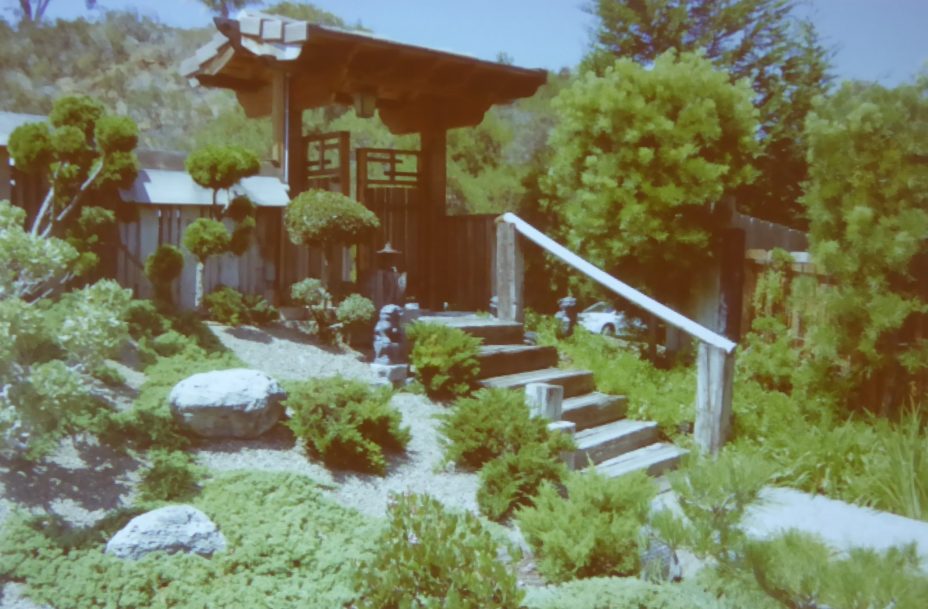Gardens Revitalized
In September the Garden Club presented Steven Harbour who treated us to some terrific ideas for coping with our water situation. Harbour has spent the past 35 years plus in one form or another of the nursery business. A friend bequeathed his “yard boy” customers to Harbour when he was only a kid. This was before electric mowers or cell phones. Equipment had to be dragged, and the customers’ homes covered the entire town. Now he designs landscapes which will thrive in our arid climate since we no longer have access to all the water we consumed via concrete rivers and dams from the Colorado River and the runoff from the Sierra Nevada.
The era of cottage gardens and tropical landscapes is dying. Harbour explains that when this portion of Southern California was first settled, people dug for water or saved it from the few occasions it rained. Nevertheless, the landscape was not ugly. However, when we suddenly had access to water from wetter areas, our gardens changed. People wanted gardens that reminded them of former homes in New England, the South, or the Midwest. Once water was abundant, lawns stretched over hillsides, roses thrived, tropical gardens sprang up as well as charming Japanese gardens. Swimming pools, water features, fountains and even waterfalls decorated homes of the wealthy as well as five-star hotels.
With water bills mounting, many of us Southern Californians are taking stock of our yards. Harbour showed us various ways to “revamp the tired landscape.” For him, the “gardens are alive and dynamic” and are a “labor of love. “
Harbour pointed out that now, autumn, gardens look tired; spring is when they look their best having received (if we are lucky) some rainfall over the winter. However, in order to deal with the cost of water, we need to, as Harbour puts it, “Change, tune-up, or overhaul.” Which should it be?
To determine what you need, Harbour uses these analogies: an oil change is “sprucing up the place with a few plants and top-dress.” A Tune-up means “renovating areas with good bones.” If there are no redeeming qualities to the area, you will need an overhaul, “complete renovation.”
Harbour showed us a series of slides of homes that either were so crowded with overgrown plants that it was impossible to see what was there or gardens were “a menagerie of suffering plants.” Harbour mentioned that large trees tend to monopolize large areas of terrain (like the eucalyptus invading our property). If you are planning to revamp your landscape and you cannot move the tree, put climbing or trailing plants at the outskirts of the tree’s roots and train the branches toward the tree. This way the new plant doesn’t need to fight for water, but as it grows, it will begin to cover the root-covered compacted soil surrounding the tree.
Maintenance is another consideration when you are planning to redo your yard. Topiaries and hedges require frequent maintenance. The topiaries I’ve seen often have a full-time gardener to keep the in shape.
When you are planning your garden revision, you must decide what you want to keep and what to toss. You also need to decide if you need a professional to help you. Harbour believes that an overhaul definitely needs a professional—landscape architect, designer, contractor, nursery person—the choice is yours.
A professional should be able to help you lay “the bones. This means removing some plants, structures or hardscape and possibly re grading. It may also be time to renovate your actual home. The professional also will consider drainage needs to keep your site properly irrigated. Harbour considers irrigation as “the potential source of your problems.” (You don’t want to flood your neighbor’s yard because you haven’t planned for where the water will go.) You may want to find ways to capture whatever rainwater falls. You can plan ways of diverting water to specific areas.
Hardscape consists of the hard surfaces of your landscape: paths, driveways, patios, play areas. Softscape refers to the plants: trees, bushes, flowers, groundcover, vines. The structures will be walls, covers, outdoor kitchens and barbecue areas, fire features. In addition, Harbour considers “adding personality” with water elements such as pools, spas, fountains, and birdbaths as well as furniture and personal touches: sculpture, pots, whatever strikes your fancy.
Not only did Harbour show us “landscapes that look as if they belong,” he also showed us a host of landscapes using native plants that created the kind of ambience found in specific types of gardens. Harbour believes drought tolerant gardens should be designed around a theme. All should be “dry” gardens, but you have a plethora of choices from various Mediterranean styles including Spanish, Moorish, Italian, or even a combination.
He showed us “south of the border – hacienda style” gardens and southwest desert themed gardens. Harbour even showed us a dry Japanese Zen garden. He followed the Zen garden with a modern mid-century garden. Harbour even had examples of cottage gardens.
Plants that are most likely to thrive in your yard are natives. Natives have another advantage: they are home to a host of creatures. Birds and butterflies that have disappeared may return with their habitat restored.
As usual, every good speaker inspires me to try something, and Harbour has made my husband very happy. Our water bill is still sky high. Therefore, Harbor has inspired me to trade my water hog cottage look for an early California succulent look.
The next Mission Hills Garden Club meeting will be on January 23, 2020.

Category: Education, Gardening, Local News







